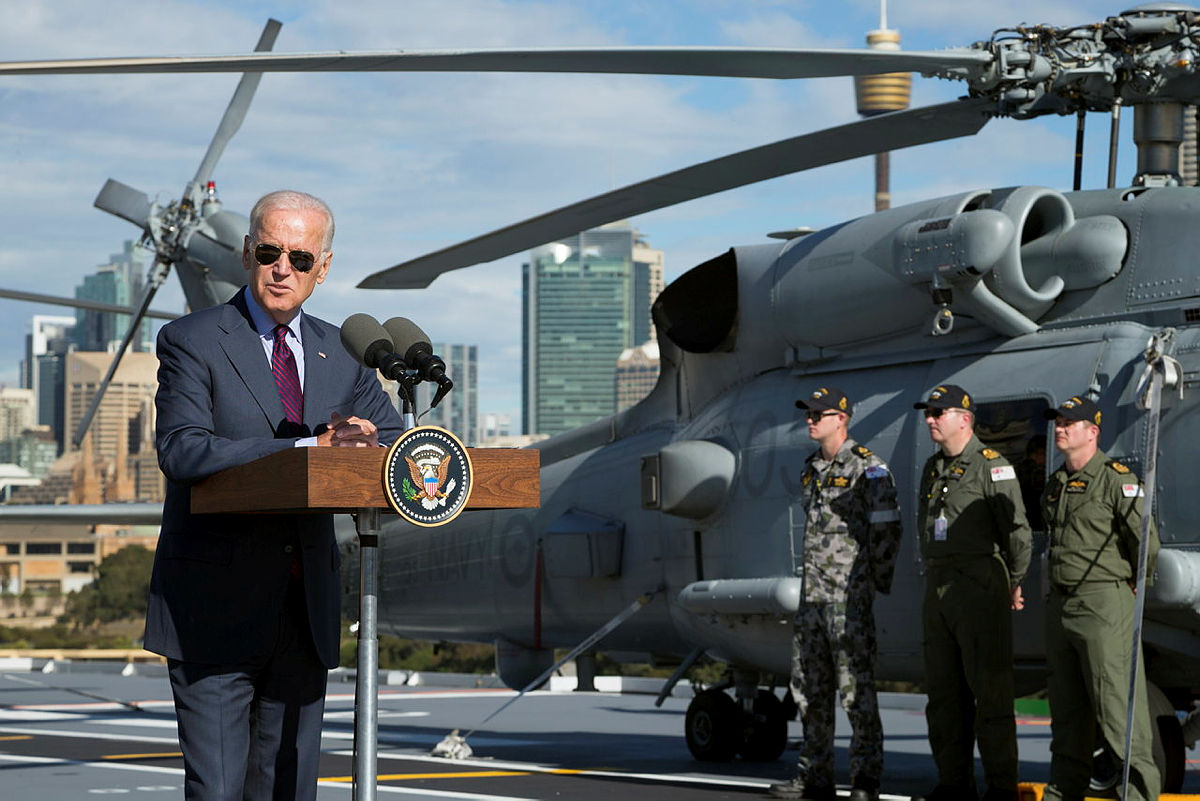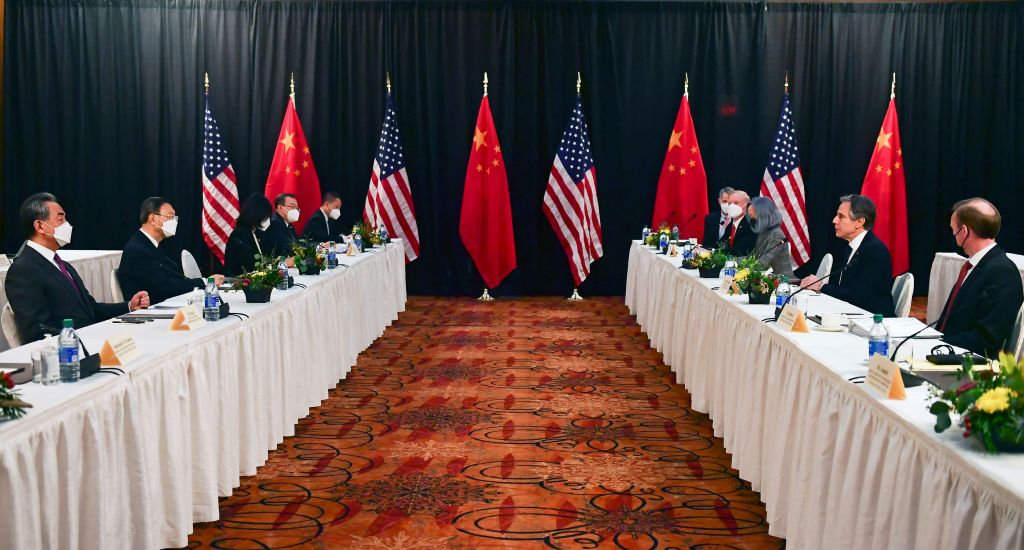Lessons from the UK in Australia’s move to acquire nuclear-powered submarines

Australia’s bold decision to acquire a fleet of nuclear-powered submarines is a revolutionary strategic policy shift prompted entirely by China’s unrelenting military aggression and political coercion throughout the Indo-Pacific region.
The question is no longer whether Australia can afford nuclear submarines but whether it can afford to be without them in the deteriorating strategic circumstances produced by Chinese pressure.
It is a tribute to the flexibility of the Australian government that it has, very quickly, entered the AUKUS partnership with the United States and the United Kingdom to enable Australia to acquire the nuclear technology needed to power the new submarine fleet.
But brief initial announcements by Scott Morrison, Boris Johnson and Joe Biden left many questions unanswered: How many nuclear submarines will be built in South Australia? What submarine class will they most resemble? What offensive and defensive capabilities will they have? What will they cost Australia’s defence budget to build and maintain? How will Australia deal with the complex nuclear-fuel and waste-management issues without breaching its nuclear non-proliferation obligations? When will the first nuclear submarines be ready for deployment from their planned Western Australian base?
Then there are the inevitable political and diplomatic questions. How will the decision affect the government’s prospects in next year’s federal election? How will Australia repair diplomatic relations with France following its ruthless dumping of the diesel-electric Attack-class project? How will important regional neighbours react to an Australian nuclear-powered submarine fleet?
Given China’s destabilising, provocative and coercive actions throughout the region, these have to be seen as second-order questions. Changing circumstances have forced the Australian shift to nuclear submarine propulsion and, happily, there’s some history that should reassure Australians about the decision.
The prize-winning The silent deep by Peter Hennessy and James Jinks, a history of the British Royal Navy Submarine Service since 1945, details the impact on the Royal Navy of the October 1957 visit to the UK of USS Nautilus, the world’s first operational nuclear-powered submarine, to take part in Operation Rum Tub, an exercise that matched the Nautilus against the Royal Navy.
The Nautilus comprehensively outperformed the Royal Navy and prompted the first sea lord, Louis Mountbatten, to write, ‘[W]e now appreciate that we are in the presence of a revolution in Naval warfare; in some ways more far reaching than the transition from sail to steam.’ Australia’s decision to acquire nuclear submarines suggests that it has finally accepted that the transition from diesel-electric to nuclear submarine propulsion is a similarly revolutionary reality.
It has also accepted the reality noted at the time by Britain’s Home Fleet commander Admiral John Eccles. He summed up the four advantages of the nuclear submarine: it had complete freedom of action in three dimensions, it could disregard threats from the air because it could stay submerged, it had a good picture of what was happening on the surface, and it was vastly superior to surface ships and conventional submarines when attacking.
The British Admiralty Board declared: ‘If the Royal Navy did not acquire these submarines it would cease to count as a naval force in world affairs.’
Australia faced a similar issue. An aggressive China has perhaps 10 nuclear and some 57 diesel-electric submarines. North Korea reportedly has 70-odd decrepit old tubs. With the US signalling that it expects Australia to play a bigger role in stabilising the Indo-Pacific, Canberra decided prudently that it needed to upgrade its submarine power as the current fleet of somewhat dodgy Collins-class submarines leaves the scene.
A critical question for Australia will be what exactly the US and UK will ultimately deliver in terms of nuclear technology and at what price. No country easily gives away the crown jewels in its military armoury. And as Hennessy and Jinks point out, the odious US Navy Admiral Hyman G. Rickover was far from cooperative when Britain was moving to acquire its first nuclear submarines.
Australia has to hope that the ghost of Rickover doesn’t still haunt the Pentagon. It may not learn what it can expect until it is engaged in the planned 18-month consultation with the US and UK.
Nevertheless, as Hennessy and Jinks argue, the question after the USS Nautilus demonstration was not whether the UK could afford nuclear submarines; it was whether the UK could afford to be without them. Australia faces the same question as it is confronted by an expansionist communist China clearly seeking to exert coercive hegemonic power over the Indo-Pacific.





